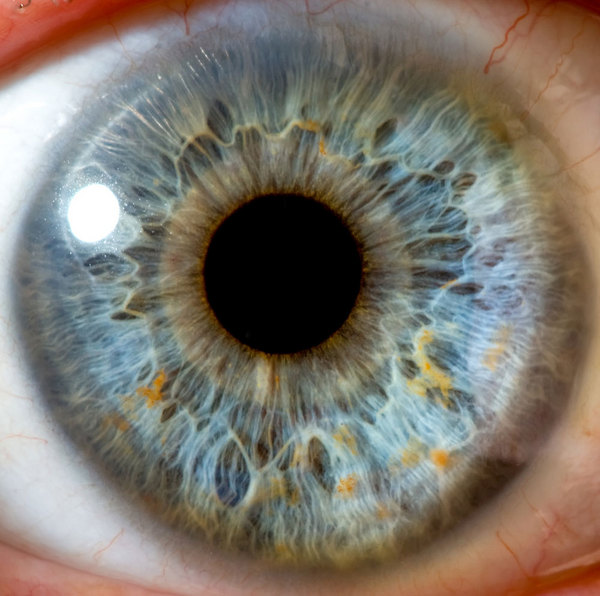
Vision is a worthy testament to the beauty and complexity of the human mind, but as with any other brain process it is explainable as an interaction between brain activity and the environment.
Electromagnetic waves enter the eye and are focused through the pupil onto the eyeball's back wall, called the retina. Millions of cells lining the retina respond to different wave frequencies from different regions of the visual field. When activated, they form a multi-dimensional map of the visual world. This map gets simplified and organized by the brain's visual cortices. But if the focus point for the light beams is either short of or behind the retinal wall, the map will lose representational clarity, resulting in a fuzzy interpretation by the brain.
Muscle fibres in the eye can tighten or loosen to change the curvature of the lens and thereby move the focal point of incoming light in relation to the retina. Squinting reduces the amount of peripheral light coming into the eye so that a greater percentage of light comes from the center of the visual field.
Editor's Note: This article was corrected to delete the erroneous statement that "squinting squishes the eyeball slightly to correct for a focus point that misses the mark." Although the lens does change shape, this is a reflex muscle action that can accompany (but is not the result of) squinting. LiveScience regrets the error.
Follow Life's Little Mysteries on Twitter @llmysteries. We're also on Facebook & Google+.
Get the world’s most fascinating discoveries delivered straight to your inbox.
 Live Science Plus
Live Science Plus






